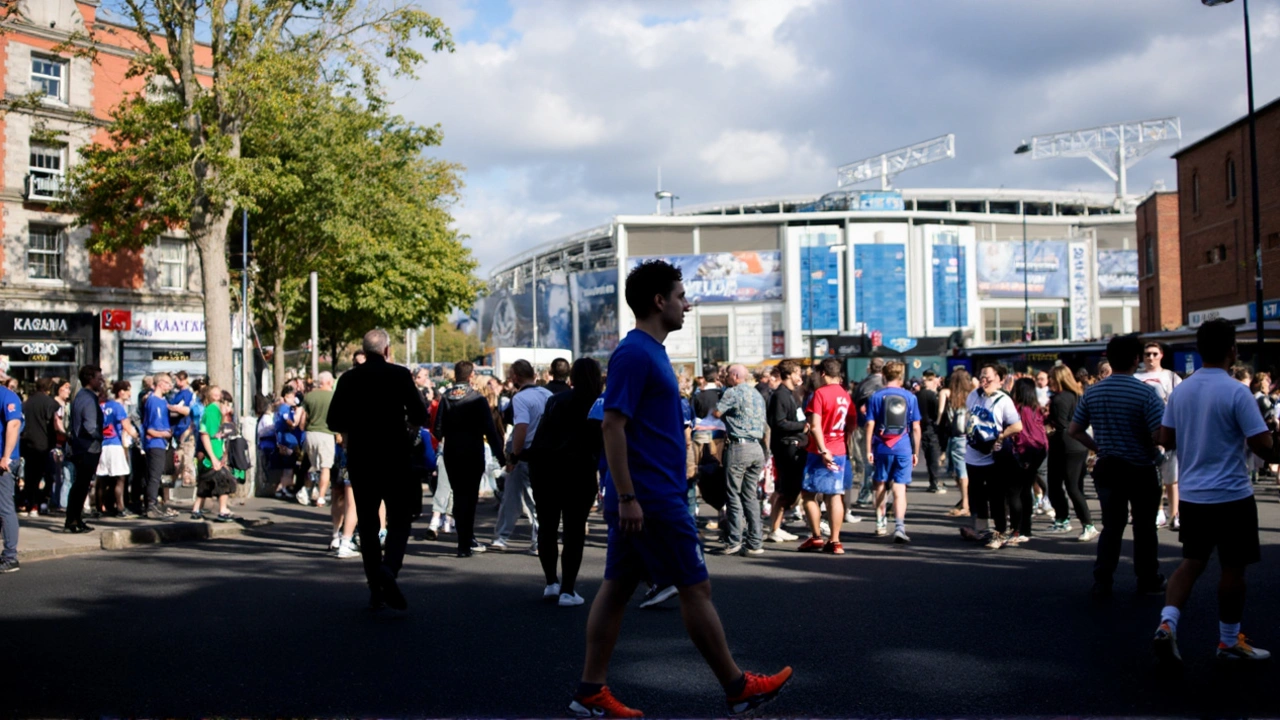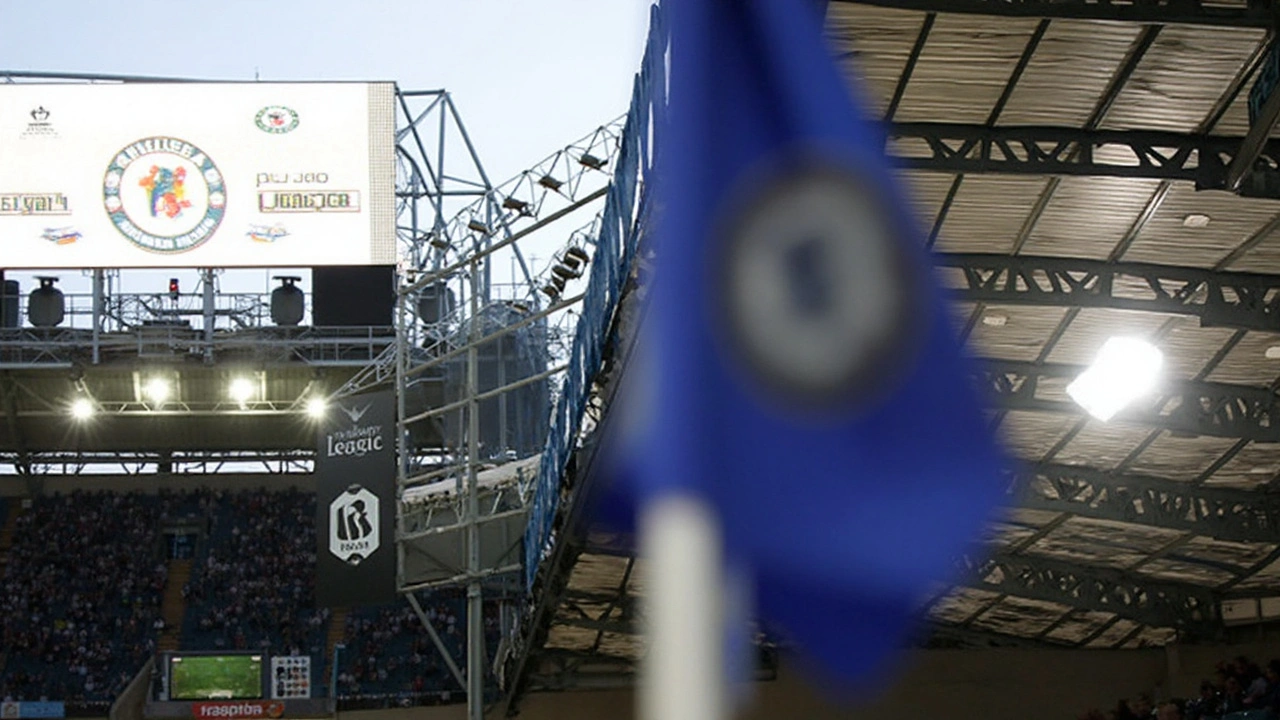Fresh Faces and Rotated Squads: How Chelsea Approached Legia Warsaw
Chelsea rolled into their UEFA Conference League quarter-final second leg against Legia Warsaw sitting comfortably with a 3-0 aggregate lead. It wasn’t a night for any big gambles or showy lineups. Instead, Enzo Maresca, Chelsea’s manager, decided this tie was the perfect time for some smart squad rotation. He kept his eyes glued to the bigger picture: staying healthy for the brutal run-in of the Premier League race.
If you were hoping to see all the big names, you’d have caught a few of them taking it easy on the bench. Noni Madueke, Tyrique George, and others—whose pace and drive have been driving Chelsea’s success this season—were all rested. Still, you never know when a game can get spicy, so they were kept on standby just in case.
The starting XI featured some dependable faces and fresh blood. Filip Jorgensen got nods in goal, backed by Marc Cucurella, Tosin Adarabioyo, and Benoît Badiashile holding the back line. Josh Acheampong, Kiernan Dewsbury-Hall, and skipper Reece James looked to boss the midfield, while Jadon Sancho—finally finding the swagger everyone hoped for—and Christopher Nkunku led the attack. This setup showed Maresca wasn’t just protecting legs—he wanted enough juice to see the job through.

Sancho’s Spark and Legia’s Late Push
Legia Warsaw turned up hoping for a miracle. Their manager sent out a strong side, with V. Kovačević in goal, Steve Kapuadi leading the back, and Tomáš Pekhart tasked with conjuring up some magic up front. But with a 3-0 mountain to climb, it was always going to be an uphill sprint.
Despite the advantage, Chelsea played it safe but didn’t just sit back and soak up pressure. Jadon Sancho kept up his lively form, notching an assist that underscored his growing influence—his eighth of the season in all competitions. It’s been a while since Chelsea fans have seen him play this confidently, and it’s not a stretch to say his resurgence adds a new twist to Maresca’s options as the club juggles domestic and European ambitions.
Legia didn’t go down quietly, though. Steve Kapuadi showed he could break the lines, and Tomáš Pekhart kept Chelsea’s defense honest, converting a pressure penalty to give the Warsaw fans something to shout about. Though Chelsea slumped to a 2-1 loss on the night, their 4-2 aggregate win was never seriously threatened.
What mattered most for Maresca didn’t play out on the scoreboard, but in the fitness tracker. He made his priorities clear: no senseless injuries at this crucial stage of the season. The context matters—Chelsea are clawing for a top-four Premier League finish and nothing derails a campaign quite like a mounting injury list. Maresca left no confusion about his strategy—field a side strong enough to keep things steady, but no unnecessary risks, especially with so much riding on every game from here on out.
Now, with a Conference League semi-final slot locked in, Chelsea’s calculated gamble looks savvy. Rested legs, confidence boosted for key weapons like Sancho, and another step closer to bringing back European silverware and Premier League glory.


Andrew Wilchak
Maresca clearly wanted to keep the big names fresh for the title chase, so why not shuffle the bench now? I mean he’s basically hiding his starters like a kid with spare crayons.